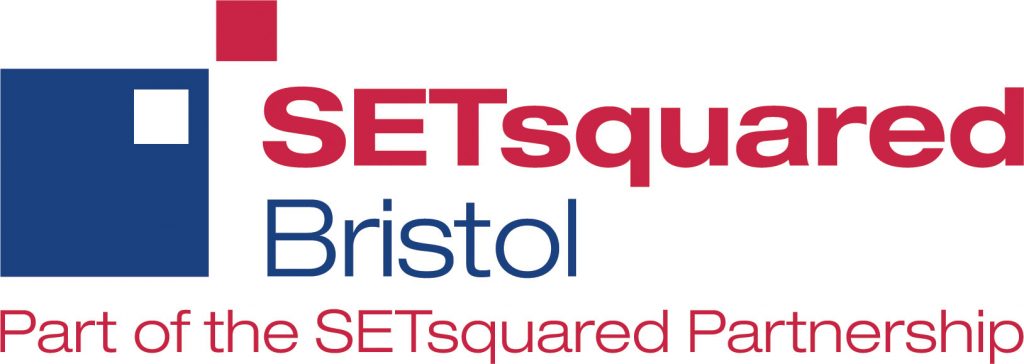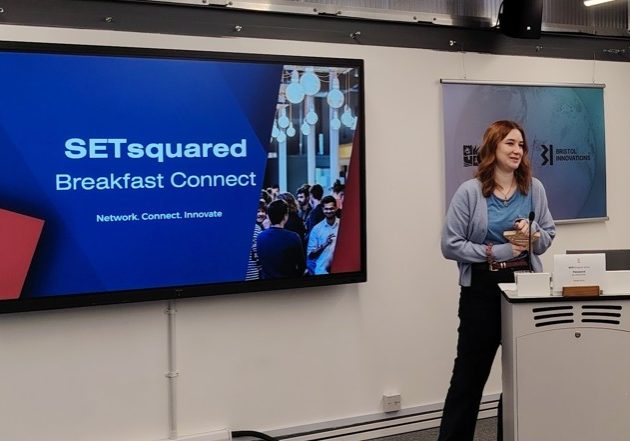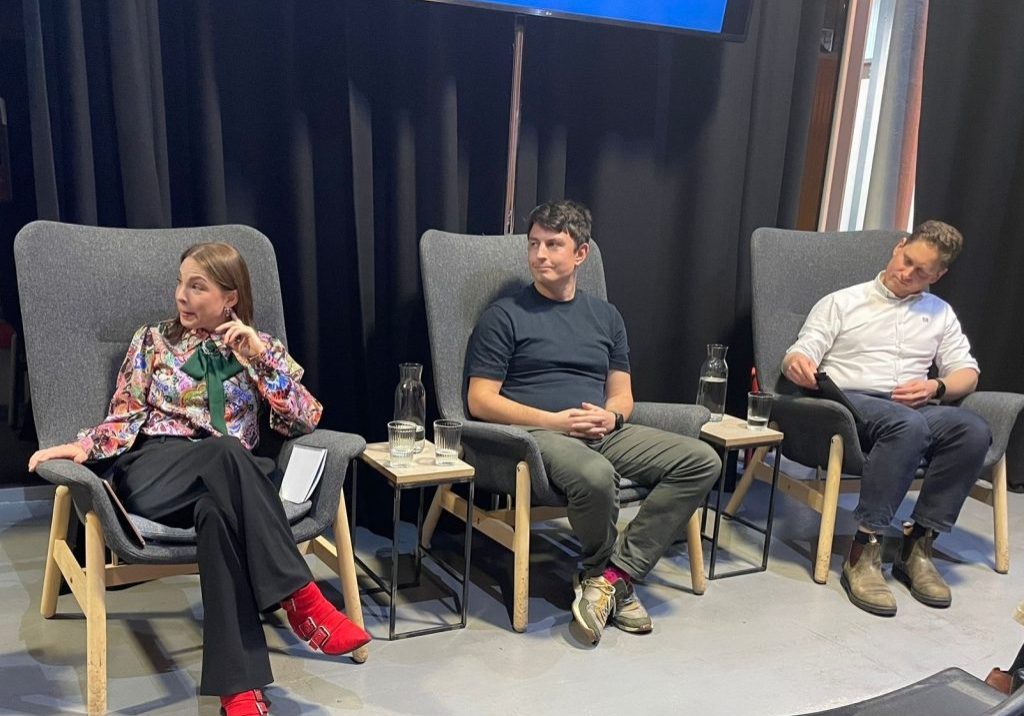Rick Chapman, Entrepreneur-in-Residence: It’s not the answers that let us down…
Posted by
Rick Chapman
No entrepreneur or business coach will ever tell you not to listen to your customers – they are the lifeblood of your business after all. However, there’s also a danger – the quality of response you get will be critically linked to the quality of the questions you ask.

A few months ago in his blog, my fellow Entrepreneur-in-Residence in Bristol, Grev Commins mentioned Henry Ford who was quoted as saying…”If I asked my customers what they wanted, they would have asked for a faster horse!” Of course, Ford’s customers couldn’t have envisaged the automobile as they had no reference point – the answer was rooted in their context and knowledge of what was feasible with the technology they understood.
Now, the smart entrepreneur can get around this by rephrasing the question subtly to extract a much more useful response. Suppose, for example, Ford had asked the question “What’s the problem with your current horse?” or “What would you like to do, that your current horse cannot facilitate?”.
Customer:
Well, at the weekend I like to take the family for a picnic, but there are four of us
Ford:
Ok, you need a horse with four seats and room for a picnic basket
Customer:
DFS are having a sale at the weekend and I want to buy a new dining table, but there’s no way I can balance that on my horse
Ford:
Ok, you need a horse with some separated storage for large items
Customer:
Ah, you mean a wagon or a cart?
Ford:
Actually, I was thinking of a roof rack
Customer:
What do you mean – a roof on a horse?
Ford:
We’ll come back to that…
Customer:
The main problem with my horse is that every few hours it needs to have fresh hay. Even worse, at least once a day it needs to rest and sleep for eight hours, and I have to get this bag of post to Deadwood before the early stage to Chicago, or it’ll be a calamity
Ford:
Ok, you need a horse that you can re-feed very quickly, and then run again immediately once it’s refuelled
I’m sure you can see where this is heading. Without any knowledge of what an automobile may be, the customer has given us a pretty good specification of what they actually need – a re-fuelable, four seated horse with a boot and an optional roof rack. A separate horse accessories business anyone, or is that too tacky?
By asking more open questions, we get a much richer set of responses. Rather than talking about the features of our new product, we are learning which benefits the customers will actually value (pay for!). Of course, we may have to follow up with a more detailed set of questions – what size dining table, how often do you see this need per year etc., to give us a set of priorities on developing aspects of our product, but the same basic principle holds.
This approach can also be used when in the earlier research phases of product development. If I ask the question “What is a shoe box for?”, eight out of ten people say, correctly, it’s for putting shoes in. However, if I ask the same group, “Give me three alternative uses for a shoebox?”, I start to get more creative answers (although one will always be for storing postcards!), but I always get three. Now suppose I ask a tougher question to a group “Can you give me a hundred uses for a shoebox?”
I’ve asked this question to many groups over the years and I’m constantly astonished at the responses I get. In five minutes, no group has ever stopped at three ideas, in fact no group has ever failed to generate less than twenty ideas and some have got very close to a hundred in the short time given. My favourite to date – flatten them carefully, send them to disaster areas and use them as moulds for mud bricks for emergency housing. What’s a shoebox for now?
It’s rarely the quality of answers that you get from your customers that is the problem, but it can often be traced back to the quality of the questions asked…
Recent News, Blogs and Stories



